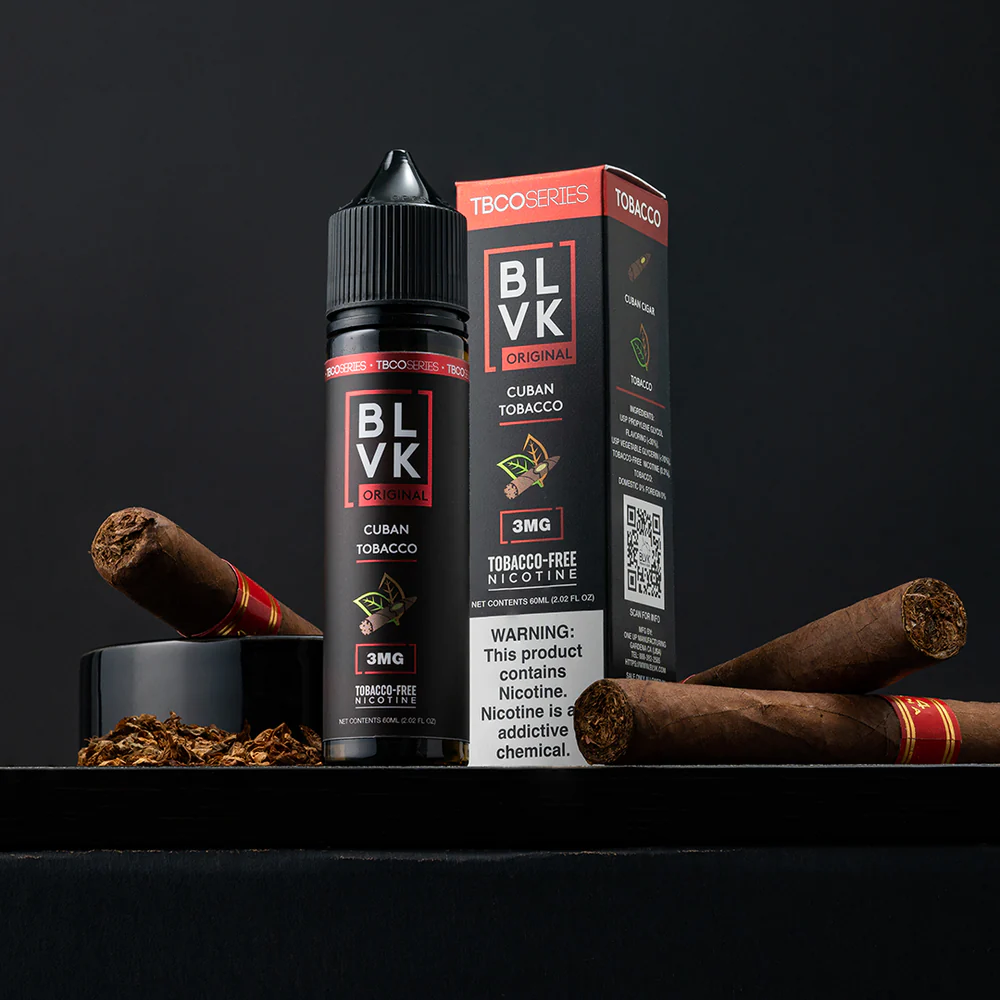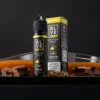Cuban Tobacco
$35.00 Original price was: $35.00.$30.00Current price is: $30.00.
Cuban tobacco is renowned worldwide for its exceptional quality and unique flavor, often considered the finest in the cigar industry. Grown in the rich, fertile soils of Cuba, it benefits from a combination of ideal climate and traditional cultivation methods. Cuban tobacco leaves are hand-harvested and undergo meticulous aging and fermentation processes, resulting in cigars that are smooth, rich, and complex in flavor. The island’s tobacco is highly regarded for its smoothness, balance, and distinctive earthy, spicy, and creamy notes.
Cuban Tobacco
Cuban tobacco. Is renowned worldwide for its quality, rich flavor and historical significance. Playing a central role in the identity of Cuban cigars. Grown primarily in the Vuelta Abajo region of Cuba which is known for its unique soil and favorable climate. island’s soil, combined with its warm, humid environment. Creates optimal conditions for cultivating tobacco plants. Allowing for a distinct taste profile that is impossible to replicate elsewhere.
Cuban is typically made from four main types of leaves: ligero, seco, volado, and capote, each contributing different characteristics to the cigar. Ligero leaves, grown at the top of the plant, provide strength and flavor intensity. While seco and volado leaves, harvested from the lower parts of the plant, offer balance and smoothness. Capote leaves are the binder that holds the cigar together, ensuring it burns evenly.
Cuban cigars are known for their complex flavors, which range from earthy and woody to spicy, floral, or even slightly sweet. The tobacco undergoes a meticulous aging process to enhance these flavors. Ensuring consistency and premium quality. Many cigar aficionados appreciate the richness and full-bodied nature of Cuban cigars. Often describing them as having a smooth. Beyond its flavor and craftsmanship, Cuban tobacco is deeply tied to the island’s culture and history. It is a symbol of Cuba’s agricultural heritage and artisanal craftsmanship, with many cigar makers, or “torcedores,” passing down their skills through generations. Despite challenges such as the U.S. embargo, Cuban tobacco remains a symbol of luxury, tradition, and craftsmanship. For many, smoking a Cuban cigar is more than just a sensory experience—it’s a connection to the island’s spirit and a tradition that spans centuries
Be the first to review “Cuban Tobacco” Cancel reply
Related products
BLVK (Fruits)
BLVK (Fruits)
BLVK (Fruits)
FREEBASE NICOTINE
FREEBASE NICOTINE
BLVK (Fruits)
FREEBASE NICOTINE
FREEBASE NICOTINE












Reviews
There are no reviews yet.